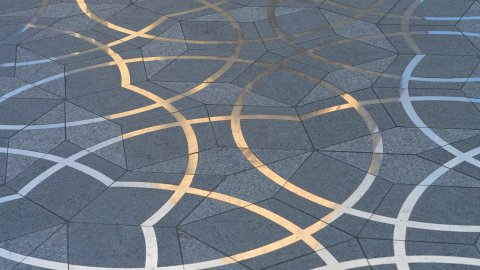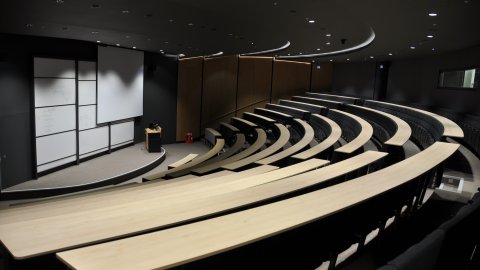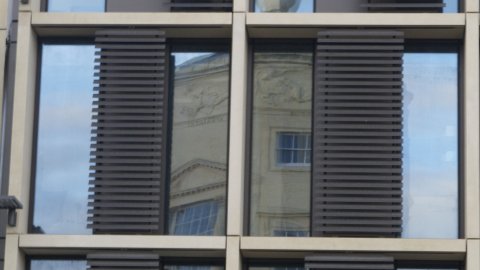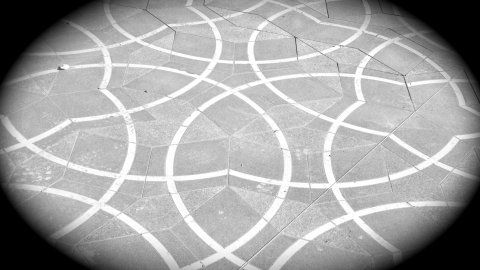11:00
11:00
Heuristics for distributions of Arakelov class groups
Abstract
The Cohen-Lenstra heuristics, postulated in the early 80s, conceptually explained numerous phenomena in the behaviour of ideal class groups of number fields that had puzzled mathematicians for decades, by proposing a probabilistic model: the probability that the class group of an imaginary quadratic field is isomorphic to a given group $A$ is inverse proportional to $\#\text{Aut}(A)$. This is a very natural model for random algebraic objects. But the probability weights for more general number fields, while agreeing well with experiments, look rather mysterious. I will explain how to recover the original heuristic in a very conceptual way by phrasing it in terms of Arakelov class groups instead. The main difficulty that one needs to overcome is that Arakelov class groups typically have infinitely many automorphisms. We build up a theory of commensurability of modules, of groups, and of rings, in order to remove this obstacle. This is joint work with Hendrik Lenstra.
Derived structures in geometry and representation theory
14:30
Tiling the grid with arbitrary tiles
Abstract
Suppose that we have a tile $T$ in say $\mathbb{Z}^2$, meaning a finite subset of $\mathbb{Z}^2$. It may or may not be the case that $T$ tiles $\mathbb{Z}^2$, in the sense that $\mathbb{Z}^2$ can be partitioned into copies of $T$. But is there always some higher dimension $\mathbb{Z}^d$ that can be tiled with copies of $T$? We prove that this is the case: for any tile in $\mathbb{Z}^2$ (or in $\mathbb{Z}^n$, any $n$) there is a $d$ such that $\mathbb{Z}^d$ can be tiled with copies of it. This proves a conjecture of Chalcraft.





